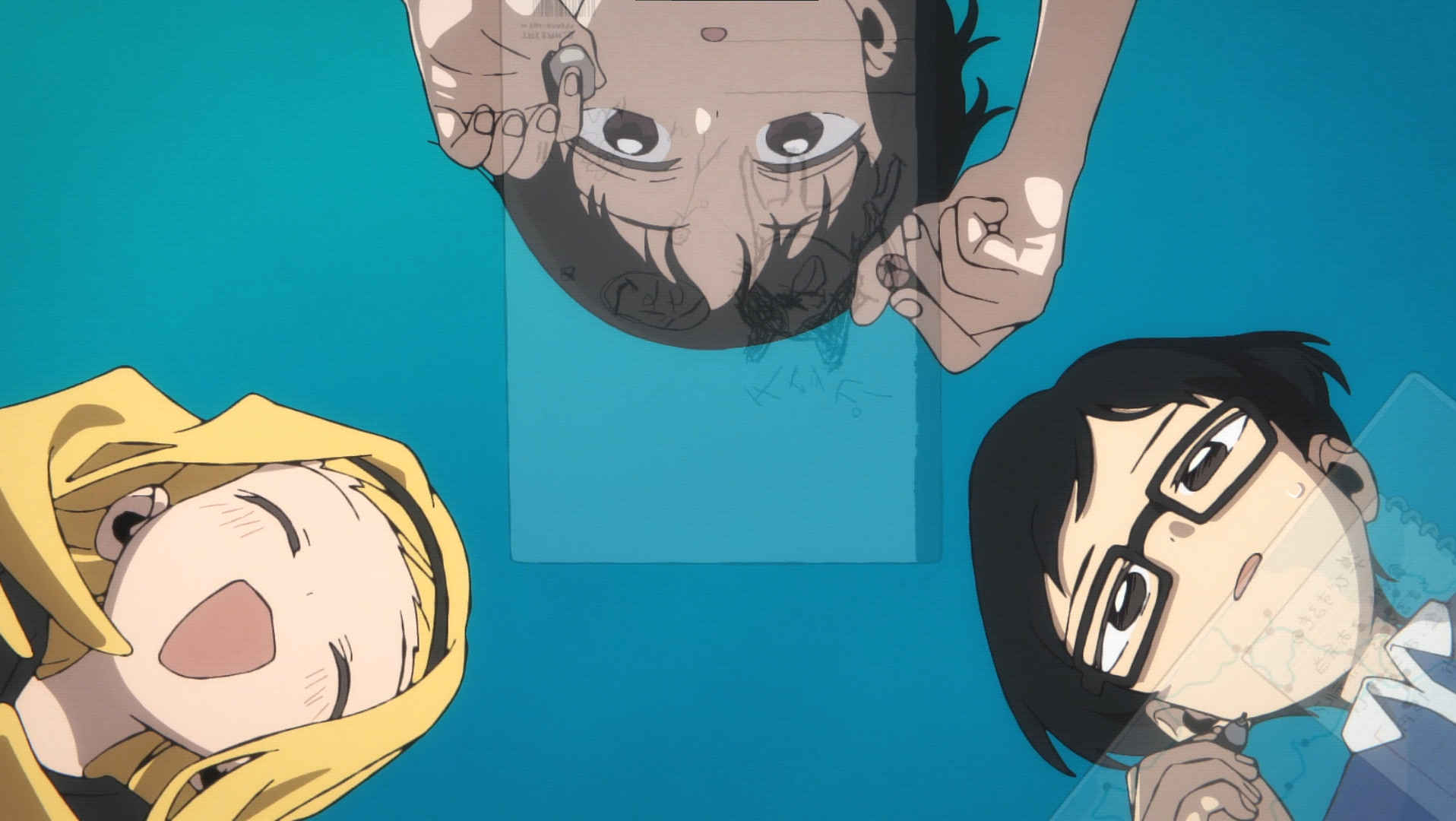Japanese Reading Report: 20 July 2025

I'm back home in Australia. I managed to get quite a
bit of reading done on my flights home, but I was also hit
with some pretty heavy jet lag after I arrived, so I
ended up sort of breaking even. Ah well.
My final semester of university is coming soon. I'll
be trying to maintain my goals, but there'll probably be
some adjustment in the first few weeks while I try to
figure out the best balance of scholarly and personal
needs.
- 英雄伝説 空の軌跡FC
- タコピーの原罪 (第2-3話)
- 感じない男 (69-120ページ)
英雄伝説 空の軌跡FC
Continuing my revised playthrough of this game, I've
completed the Bose chapter and started the Ruan chapter
once again. Currently on the beach heading down to
Ruan proper, I'm excited
to finally catch up to the new content which I should
come across soon.
Even though it's been a bit slow catching up this week,
I think the fact that every sidequest is voiced really
improves their repeatability. Hopefully new things
to comment on next week.
タコピーの原罪
I watched two more episodes of this. A lot of my issues
from the first episode felt like they were handled better
in episodes 2 and 3. While the show is still quite
depressing, the pace balanced the high and low points
better than episode 1, presenting the more worrying
aspects more accurately (in my opinion) from Takopi's
perspective and masked by his naivety.
I think episode 3 worked really well. Azuma is introduced
as a proper actor within the story. He's a shy, bookish
boy with a crush on Shizuka. After following Shizuka
and Marina into the woods he discovers the event that
marks Takopi's titular original sin and is then convinced
to help Shizuka and Takopi hide the secret and also
find Shizuka's dog, Chappy. The episode also introduces
Azuma's brother, Junya, and creates some context around
Azuma's own struggles as a child. This episode also
shows Takopi's own character development as he assumes
the role of Marina and starts to feel guilty for doing
so.
感じない男
I read quite a bit of this on the plane. I finished the
chapter dedicated to school uniforms and started the chapter
about lolicon.
The ultimate point about school uniforms was a little bit
complicated and there were some points I agreed with and
some where I felt it was a little bit too personalised for
the author in particular. Points of agreement:
- It doesn't really matter what the uniform looks like, the key to school uniforms in sexual media is the association with a time and place. In particular, there is a nostalgia for a prior time in the viewer's life, a longing for what could have been, and a desire for simple, raw sensations.
- There is a connection between school uniforms and the institution of schools and associations people make with both. Particularly, the author claims that middleschool and highschool are somewhat associated with brainwashing. His main point is that it's the years of life where teachers and society shape young people in ways that make them more patriotic and hegemonic, and that feeling of "a malleable mind" follows into erotic depictions of girls in school uniforms. I think the uniformity of uniforms does plenty to evoke a sense of mind control without needing to dig deeper into the Japanese educational institution, but I broadly get what he's going for.
I was anticipating the chapter on lolicon because it's a topic I find very interesting, so I was a little bit disappointed to find out how he approached and defined lolicon; the men who are it and the targets of their affection. Just like the rest of the book, it primarily focuses on flesh and blood eroticism. That causes the issue of limiting this discussion to only men who find real underage people arousing, which I think misrepresents the subculture as I understand it.
To his credit, he has plenty of examples of pop culture and mass media in Japan which he describes as aspects of lolicon culture. In particular, he points at several jpop girl groups whose members are quite young but who are dressed up intentionally (perhaps) to evoke a sexual response. He sort of implies that this is an unspoken market of such groups.
I'm not going to lie, I've been trying to find some scholarly explanation for lolicon culture in Japan for a long time, and I was hoping this might touch on it in an interesting way, but I'm a little bit disappointed by the scope the author has drawn a line around. I'm not at the end of the chapter so maybe it will elaborate in ways that interest me. Time will tell.